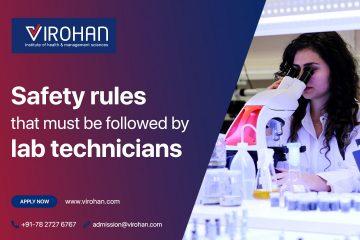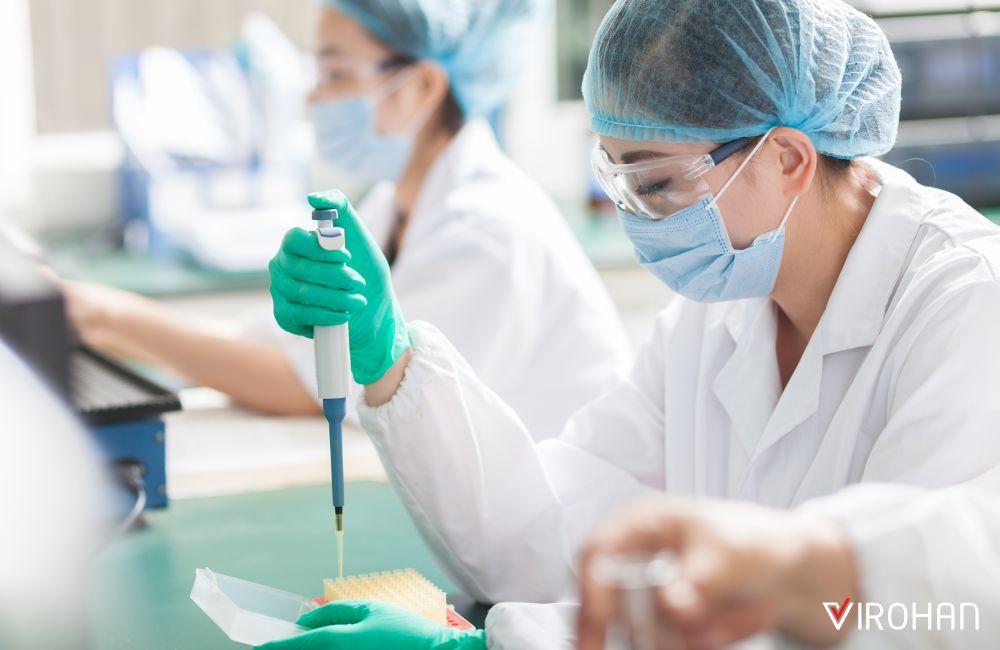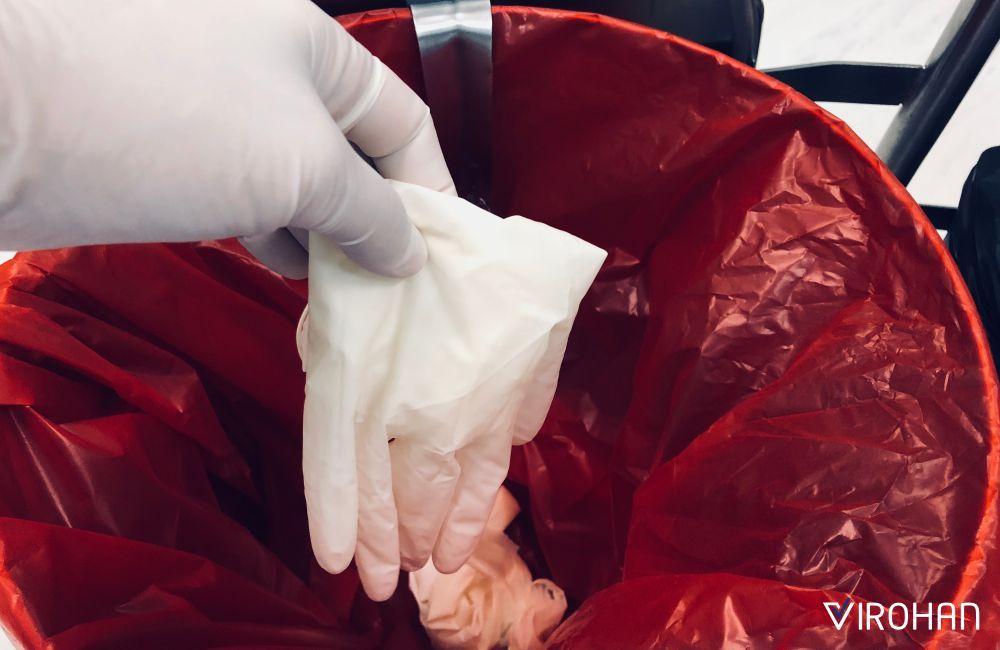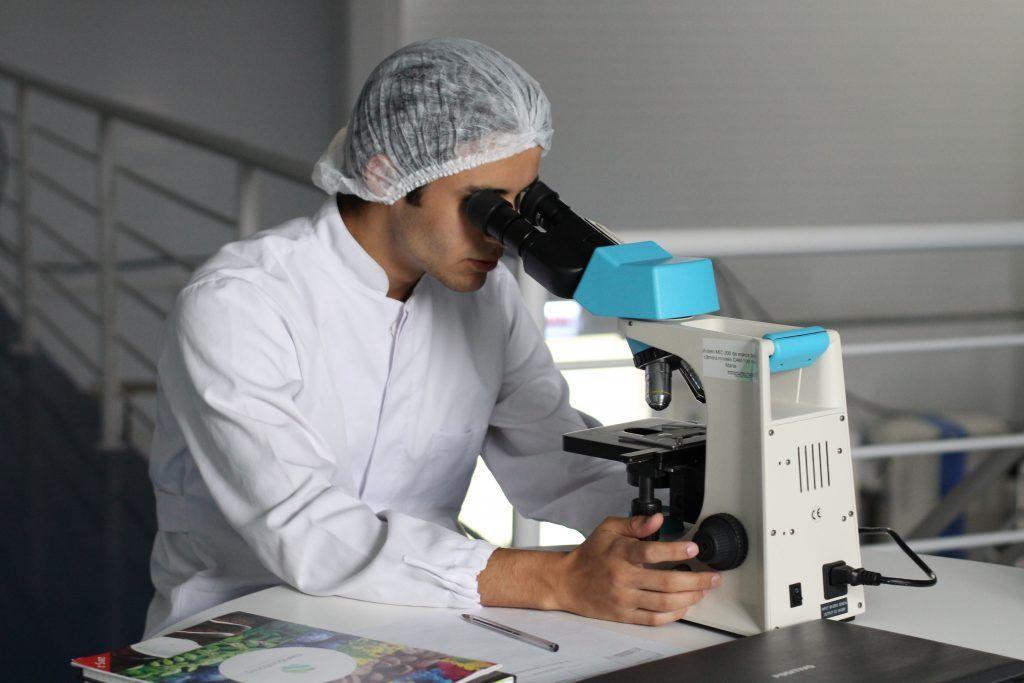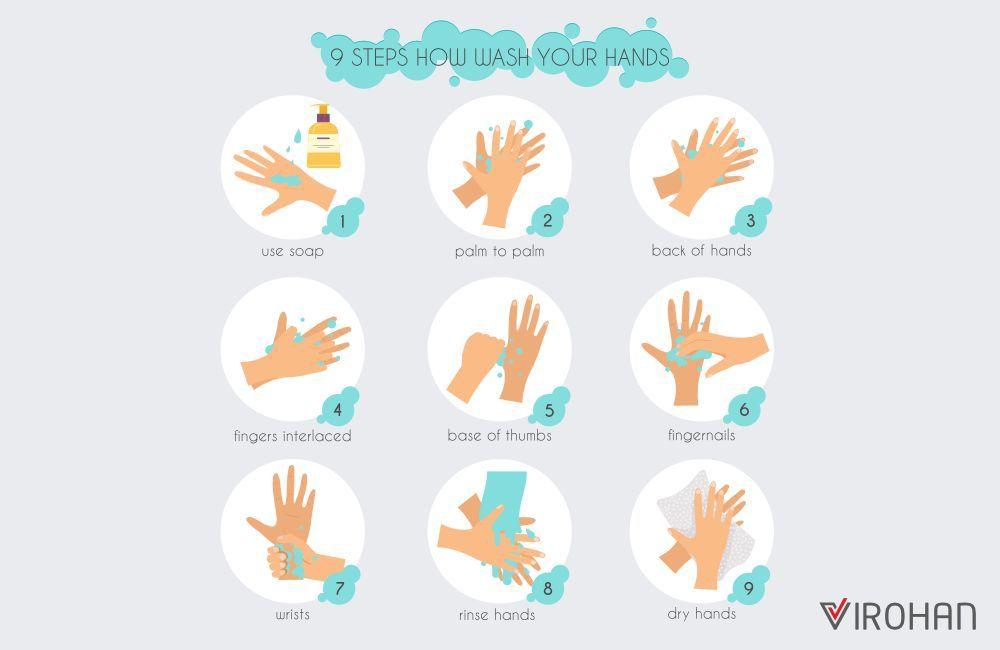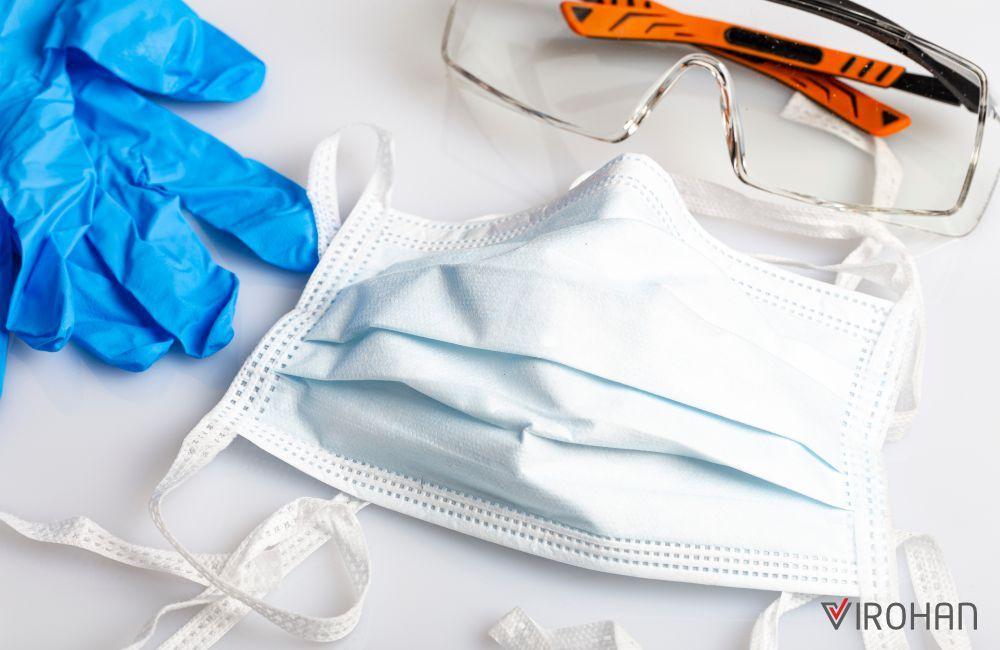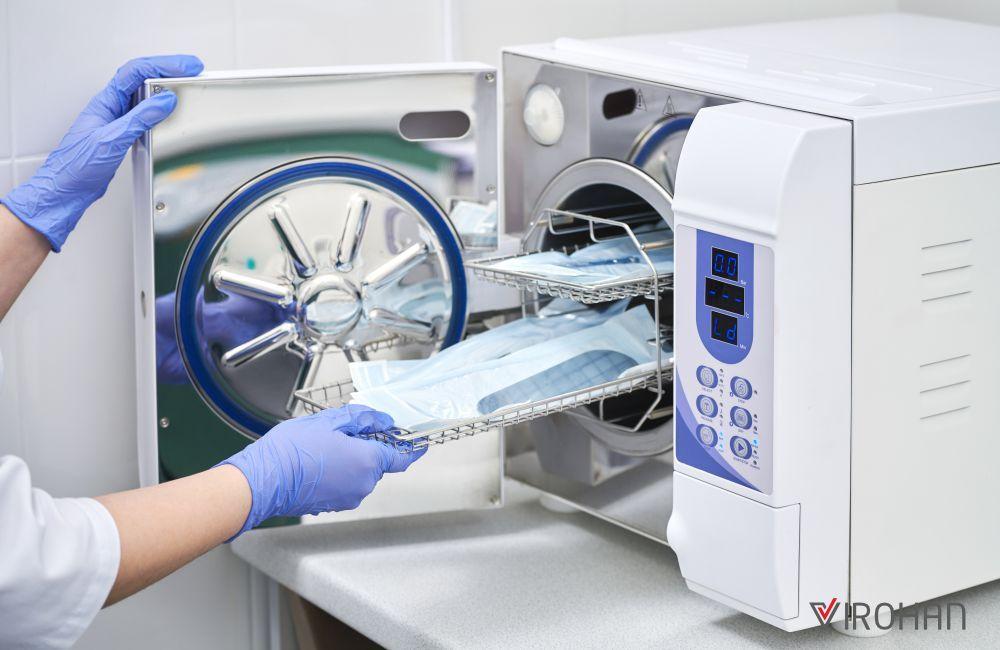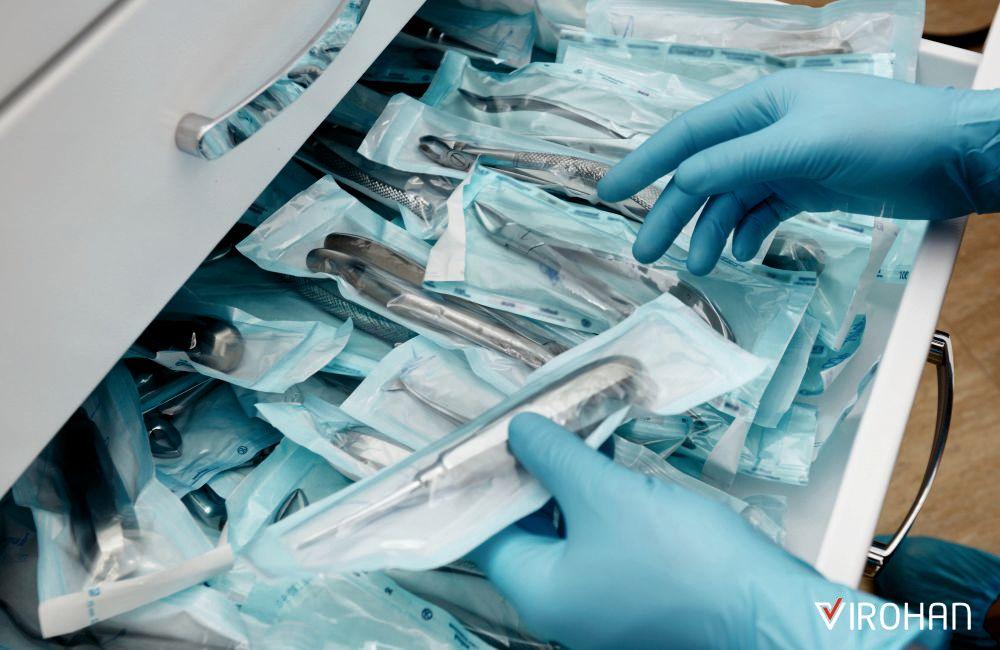Safety Measures in Medical Laboratory
The eyes see only what the mind knows.
After completing DMLT Course, working MLTs cannot be safe from hazards and accidents until they are aware of them. They are always at a risk of acquiring infections through the use of contaminated or infected equipment or chemicals or wrong handling of samples or equipment.
All laboratories have a common set of laboratory safety rules which are updated or improved as per the National Accreditation Board for Testing and Calibration Laboratories (NABL) requirements.
MLTs are advised to follow these laboratory safety rules.
These lab safety guidelines mainly comprise basic common-sense rules, safety equipment, proper signage, and safe use of laboratory equipment in case of emergencies.
Also Read: phlebotomy Course
Lab Safety Rules:
Wearing a Sterile Uniform
- Apron for protecting patients against contamination from self and vice versa. Mask to prevent the spread and transmission of diseases.
- Head cap over tied hair to prevent contamination of the sterilized work environment and prevent contamination due to hair.
- Gloves while collecting samples and handling chemicals act as barrier protection, for extreme cases double gloves are advised.
- Shoe covers prevent infection spread from one’s footwear inside the sterile area of the laboratory and also protect one’s own footwear from chemical spillage that might happen inside the laboratory.
- Eyewear to protect the MLT from harmful aerosols
Download Virohan myCarrer App for DMLT Course
Handing the Specimens
- Avoid pipetting orally as the same may lead to accidentally swallowing the contaminated specimen. Instead, a mechanical device or bulb may be used at all times, even with water to prevent infection spread.
- Unsterilized syringes or needles should not be used for collecting specimens.
- Open cuts and wounds on one’s hands or exposed surface area on the skin should be covered with waterproof bandages while performing any experimental procedure or collecting samples.
Handling Chemicals
- The best way to know what is in a container is to label it, so get in the habit of making a label for glassware before adding the chemical.
- No chemicals or even specimens should ever be smelled directly as these can be dangerous or even deadly.
- If you have to dispose of chemicals, always use the appropriate waste containers.
Proper Disposal of Lab Waste
- It is important that when using different lab equipment, they should be handled with care.
- Microscopes should be held with both hands, one underneath and one on the arm.
- When handling glassware it should be held with both hands when possible.
- If something is hot, then make sure to use tongs.
- Improper or defective equipment should not be used.
No Eating or Drinking in the Lab
- The lab tables may have had chemicals on them previously that were not properly cleaned up so you should not eat or drink on them either.
- Do not store food next to chemicals in the lab as that could lead to contamination.
Checkout Some Popular B Voc Courses List
Attention to Details
- The technician must be aware of the location of fire extinguishers, fire blankets, eyewash stations, and a safety shower.
Hand Hygiene
The working professionals must wash their hands properly after leaving the lab. There are 9 steps of hand hygiene:
- Step 1: Wet Hands. Wet your hands and apply enough liquid soap to create a good lather.
- Step 2: Rub Palms Together
- Step 3: Rub the Back of Hands
- Step 4: Interlink Your Fingers
- Step 5: Clean the base of thumbs
- Step 6: Clean the fingernails
- Step 7: Clean the wrists
- Step 8: Rinse your hands
- Step 9: Dry your hands
Also Read: Paramedical Courses List
Prevention of Spread of Infection:
Special precautions should be taken when handling samples coming from patients suffering from infectious or transmissible diseases like HIV- AIDS, Hepatitis, and others. The person must be wearing the required PPE or Personal Protective Equipments example, eyewear, gloves, mask, etc., and apart from that, the storage and collection of the samples should also be done very carefully in sealed containers, and the person must follow the hand hygiene steps before and after handling the samples.
Sterilization and Disinfection
Each laboratory personnel should make sure that the instruments they are using are completely clean and sterile i.e. free of infections, MLTs are supposed to disinfect every instrument before use. These instruments must be kept on sterile surfaces at all times and must be cleaned thoroughly if they are usable. For instruments such as needles that cannot be reused, the disposal should be proper to prevent any contamination.
Following Standard Precautions:
Each laboratory should follow some standard precautions/ protocols when handling blood, body substances, excretions and secretions these SP’s include:
- Use of PPE or Personal Protective Equipment Following the Hand Hygiene
- Cleaning, disinfection, sterilization & decontamination of instruments
- Clean used instruments and dispose off used needles and sharp instruments
Conclusion
The foremost reason for lab safety education lies in the fact that laboratories are filled with dangerous tools and the professionals like MLTs have to keep themselves and others safe while performing any experiment or procedure.
The need for mandatory workplace-specific training is further augmented by the emergence of highly infectious diseases.
Just a little care and knowledge helps avoid major mishaps.
A career in laboratory technology thus can be exciting, challenging and rewarding, all at the same time.'
Virohan institute of health and management sciences offers programs in most of the paramedical sciences like medical laboratory technology, operation theatre technology, and hospital administration.
